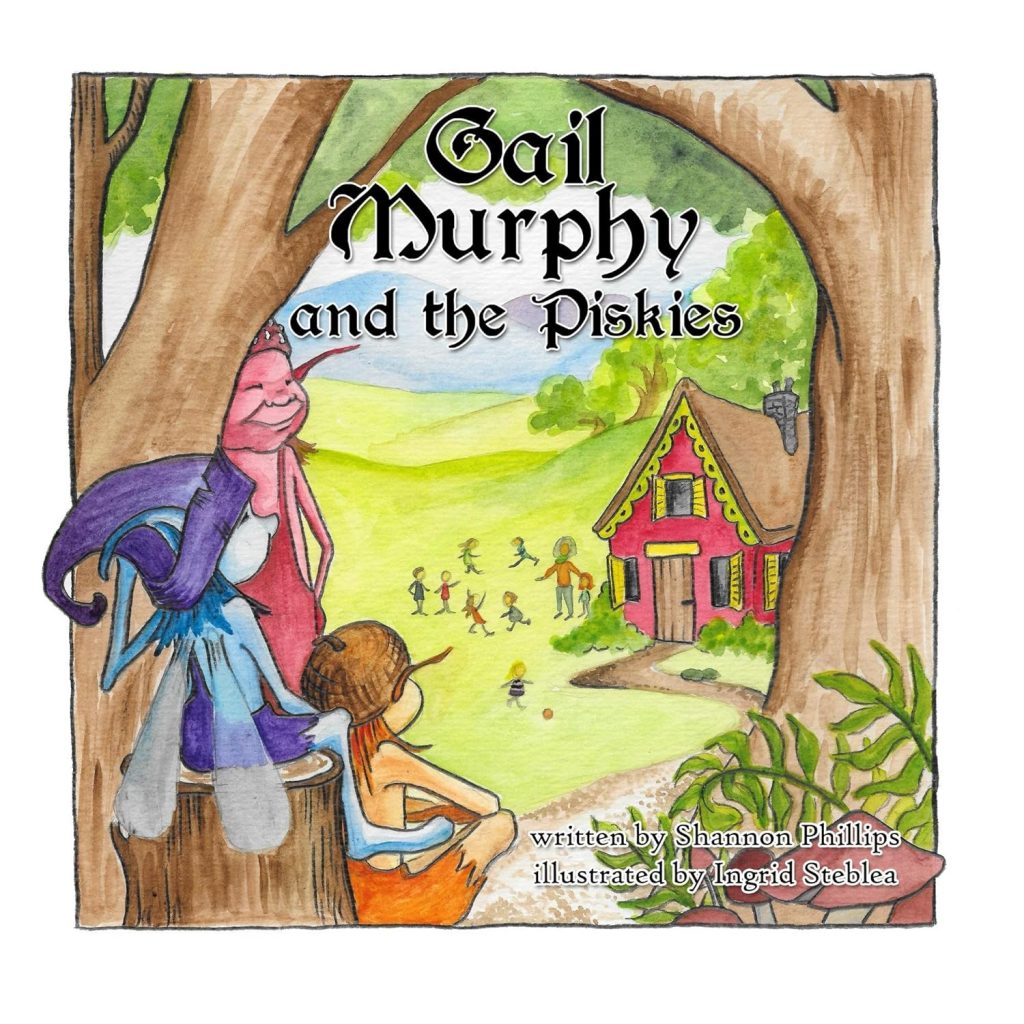This article is ridiculous.
“We offer a kind of grittiness you can’t find much anymore,” said Randy Shaw, a longtime San Francisco housing advocate and a driving force behind the idea of Tenderloin tourism. “And what is grittier than the Tenderloin?”
Uh, try Hunter’s Point.
I live in the upper Tenderloin. It is in no way the “domain of the city’s most down and out.” It’s a normal middle-class neighborhood with nice apartment buildings, restaurants, bars, coffee shops, bookstores, ethnic groceries, clothing boutiques, hair salons, etc. Oh, and bunches of hotels—there’s three hotels on my block alone—meaning that we get scads of tourists already. We’re adjacent to the theater district and all the art galleries: for crying out loud, most of the youth hostels are in the upper Tenderloin. There’s nothing the least bit “unlikely,” let alone “highly unlikely,” about tourism in the upper Tenderloin.
The lower Tenderloin, by contrast, which is apparently what this guy means when he writes about the “Uptown Tenderloin” (“uptown” being a word that I have never once heard applied to the Tenderloin in my eleven years of living here: who knows where Mr. McKinley pulled that one from) houses most of the city’s methadone clinics, shelters, and soup kitchens, and is as a result clogged with homeless addicts, the drug dealers who sell to them, the low-end prostitutes who are hoping to get enough cash together to buy something off the drug dealers, the pimps who collect the prostitutes, etc. It’s a pretty depressing place to stroll through, but it’s actually not dangerous: it’s right next to City Hall, it’s well-policed, and there’s lots of clubs, bars, and inexpensive ethnic restaurants, leading to lots of foot traffic. Some of the bigger musical venues are in the lower Tenderloin. It also includes the quite-charming stretch of “Little Saigon” or whatever they decided to call those two blocks that have been claimed by Vietnamese immigrants, and are now full of bánh mì sandwich shops and phở joints. The lower Tenderloin sees less tourism, but still gets its share of budget-minded travelers looking for a cheap lunch or a night trawling through dive bars. For Jesse McKinley to write about this neighborhood as if he’d just made some kind of daring discovery is patently absurd. Where did they find this guy?
In the interests of absolute fairness I just went back and gave the article a second, closer read, and I have to admit that it’s not so much any specific factual inaccuracy that pisses me off so much as the general tone of pearl-clutching fear and astonishment. The Tenderloin! It exists! And people might actually go there on purpose!
Lines like “Deranged residents are a constant presence,” may be true, but could equally well describe pretty much anywhere in San Francisco, especially the places where tourists—and hence panhandlers—congregate. As for “after dark the neighborhood can seem downright sinister”: a prime example of the pearl-clutching I find so annoying. The Tenderloin streets are plenty safe, at least until 2am, when the bars close: if you’re wandering around dark alleys at three or four in the morning, I guess you may be taking your chances. This would be just as true in Chinatown, by the way, which McKinley describes as “decidedly less seedy.” A description which leads me to suspect that McKinley has never been to Chinatown, but nevermind that.
There are genuinely bad areas of San Francisco—places where tourists truly don’t go—but they are apparently invisible to New York Times travel writers. Next time I look forward to Mr. McKinley’s breathless article detailing the undiscovered “reality tourism” opportunities of the Bayview.



























